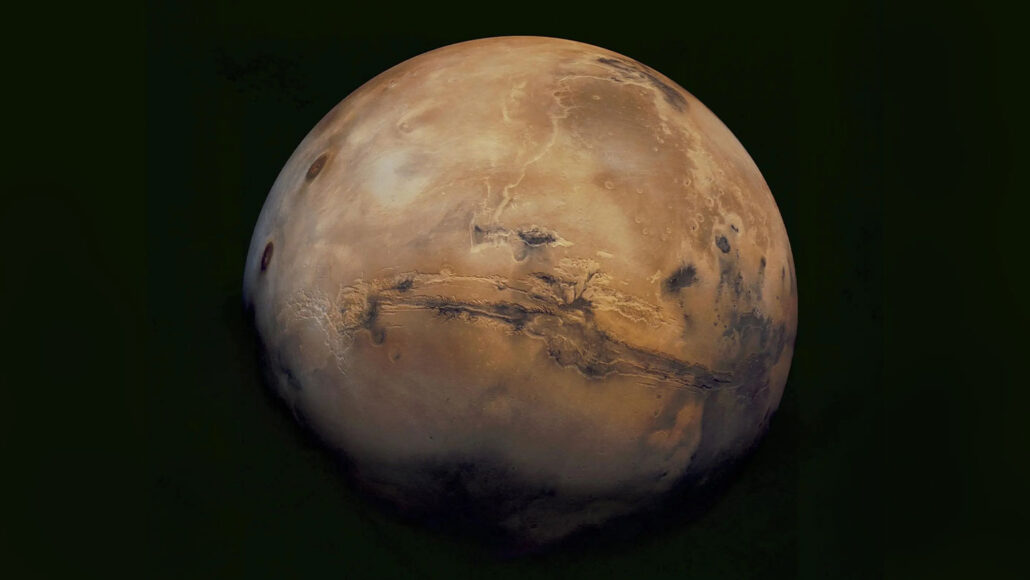
Planets
Huge polygons on Mars hint its equator may once have been frozen
A Chinese rover used radar to reveal long-buried terrain. The discovery hints that Mars’ equator was once much colder and wetter.
By Elise Cutts
Come explore with us!

A Chinese rover used radar to reveal long-buried terrain. The discovery hints that Mars’ equator was once much colder and wetter.
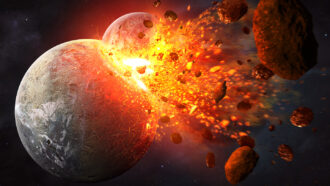
A hypothetical planet slamming into Earth 4.5 billion years ago might have set subduction into motion.

The unusual, fruit-inspired structure of this material provides quick filtration that could satisfy people's daily water needs.
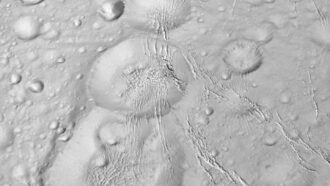
Pits on the frosty moon reveal the snow’s surprising depth, up to 700 meters (2,300 feet) in some places.
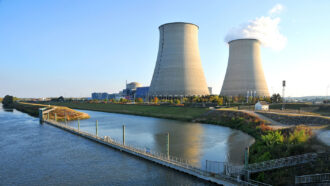
Nuclear fission is the process of splitting atoms apart to release huge amounts of energy.

Carbon-14 dating of recent artifacts will soon give scientists confusing results. That’s another price society pays for its reliance on fossil fuels.
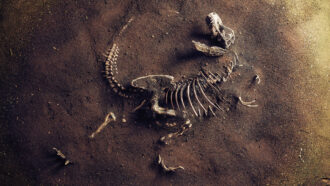
Knowing the decay rate of radioactive elements can help date ancient fossils and other artifacts.
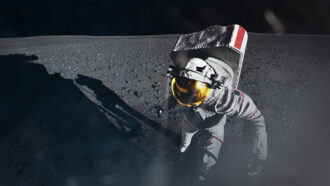
The launch of NASA's Artemis I is a huge step toward sending humans back to the moon and beyond.
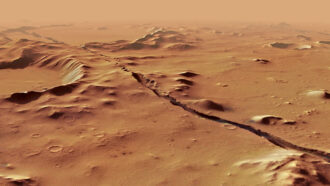
Seismic rumblings picked up by NASA’s InSight lander hint at molten rock moving deep below the planet’s fractured surface.
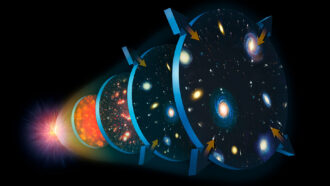
Scientists have a good understanding of the laws that make our universe tick. But they still don’t quite know how it began — or will end.